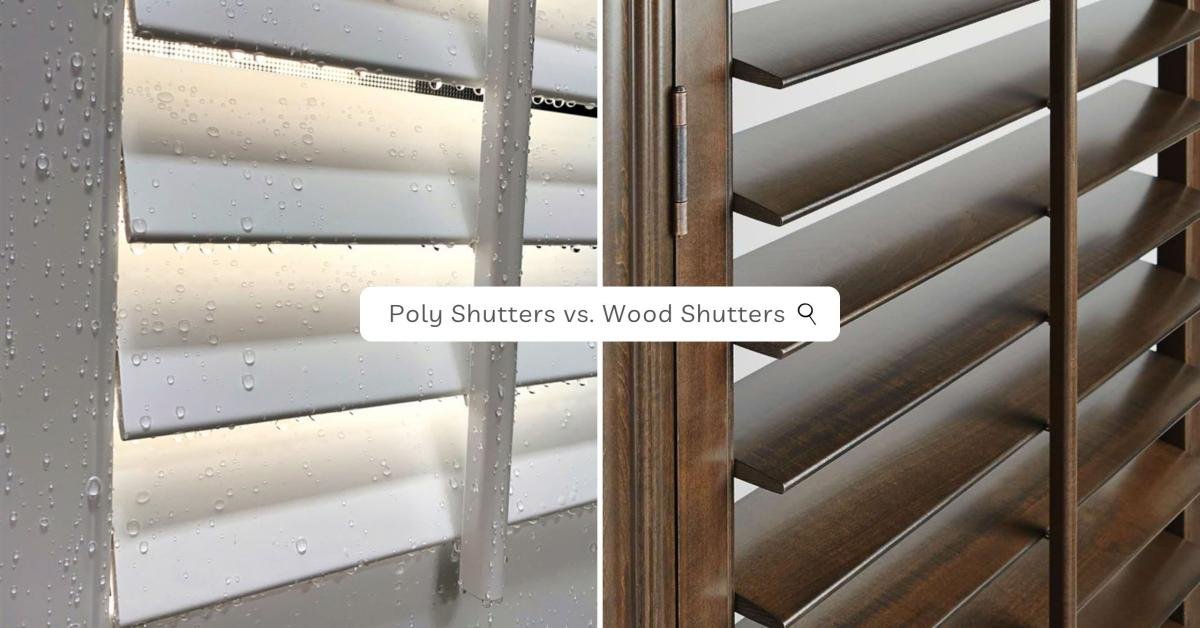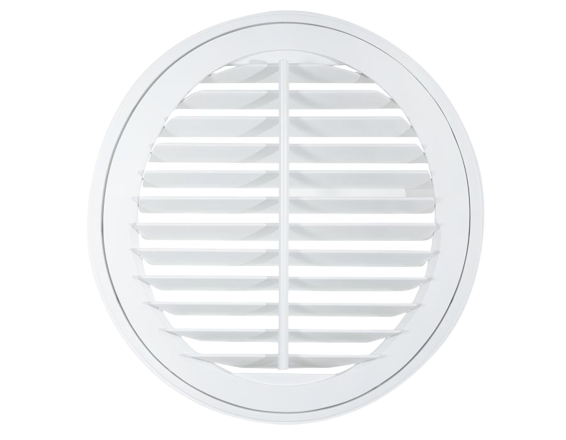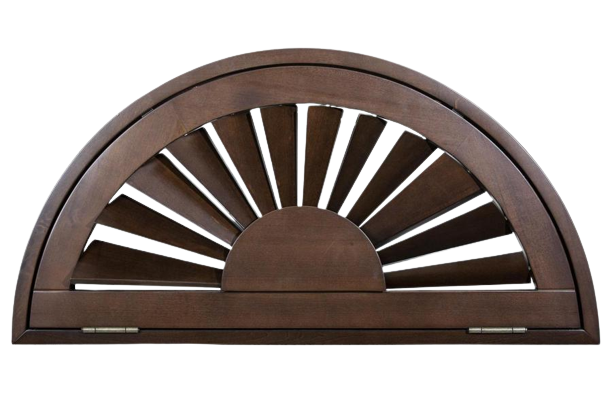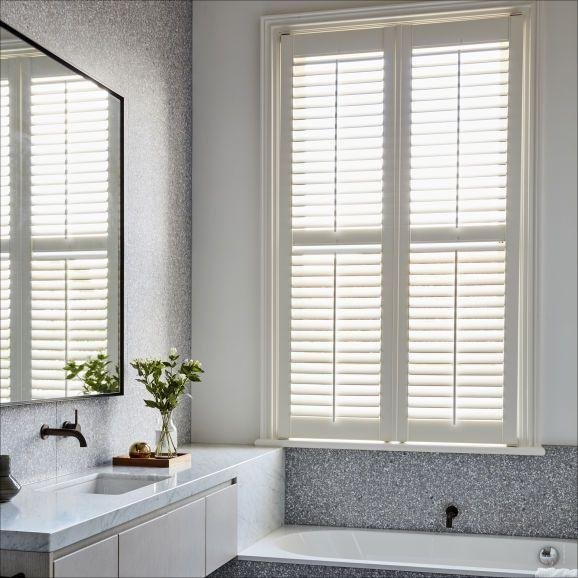
When choosing shutters for your home, there are a variety of materials to consider. Two popular options are poly shutters and wood shutters. Each has advantages and disadvantages, so weighing the pros and cons before deciding is essential. In this article, we’ll compare poly and wood shutters to help you determine the best fit for your home.
Poly Shutters: Pros and Cons
Poly shutters are made from a synthetic material called polyresin, a type of polymer or plastic. Polyresin is a durable material resistant to moisture, humidity, and scratches. It is also resistant to fading and warping, making it a good choice for window treatments in areas that receive a lot of sunlight or moisture, such as bathrooms or kitchens.
Polyresin can be molded and shaped into various shapes and sizes, making it a versatile material for making window shutters. It is also lightweight, which makes it easier to install and handle.

Poly shutters can come in various finishes, including smooth, matte, or textured, and can be painted in multiple colors to match your home decor. They can also be customized with different louver sizes, frame styles, and other design features to create a personalized look for your windows.
Pros:
- Durability: Poly shutters are very durable and resistant to moisture, humidity, and scratches. They are also less likely to fade or warp over time, making them a good choice for high-humidity areas or areas that receive a lot of sunlight.
- Easy maintenance: Poly shutters are easy to clean and maintain. They can be wiped down with a damp cloth and do not require any unique cleaning products or treatments.
- Cost-effective: Poly shutters are generally more affordable than other types made from natural materials like wood.
Cons:
- Appearance: Poly shutters have a different aesthetic appeal than natural materials like wood. They may look less traditional or classic.
- Limited customization: Poly shutters are typically only available in a limited range of colors and styles. This may make it difficult to find a perfect match for your decor.
- Environmental impact: Some people may have concerns about the ecological impact of synthetic materials like polyresin. Poly shutters may not be a good choice if you are looking for an eco-friendly window treatment option.
Wood Shutters: Pros and Cons
Wood shutters are made of natural wood, typically hardwoods such as basswood, poplar, or cedar. Hardwoods are used for their durability, strength, and resistance to warping and twisting.
Basswood is a popular choice for wood shutters as it is a lightweight, straight-grained wood that is easy to work with. Poplar is another common wood used for shutters because of its strength and stability, and it is less likely to dent or scratch than other woods. Cedar is also used for shutters because of its natural resistance to decay, insects, and moisture.

The wood used for shutters is typically sourced from sustainable forestry practices, ensuring that the wood is harvested in an environmentally responsible way.
Once the wood is sourced, it is cut into slats or panels and prepared for construction. The slats are then shaped and assembled into frames to create the shutters. The shutters can then be stained, painted, or finished with a clear coat to protect the wood and enhance its natural beauty.
Pros:
- Appearance: Wood shutters have a classic, timeless look that many people find appealing. They come in various colors and finishes and can be painted or stained to match your decor.
- Customization: Wood shutters can be customized to fit any size or shape of the window. They can also be tailored to your specific design preferences, with options for louvers size, frame style, and more.
- Insulation: Wood shutters provide good insulation and help keep your home cooler in the summer and warmer in the winter.
Cons:
- Maintenance: Wood shutters require regular maintenance to keep them looking their best. They may need to be sanded, repainted, or refinished periodically to keep them in good condition.
- Cost: Wood shutters can be more expensive than other types, especially if you choose high-quality wood like cherry or mahogany.
- Susceptibility to moisture: Wood shutters can be susceptible to moisture damage if exposed to high humidity or water levels. This can cause warping, cracking, or splitting over time. Consider other options if you live in a high-humidity area or have a room with high moisture content, such as a bathroom.
Durability and Maintenance
Poly and wood shutters are durable and long-lasting window treatments but have different maintenance requirements.
Poly shutters are highly durable and resistant to moisture, humidity, and scratches. They are also less likely to fade or warp over time, making them a good choice for high-humidity areas or areas that receive a lot of sunlight. Poly shutters are easy to clean and maintain and can be wiped down with a damp cloth. They do not require any unique cleaning products or treatments.

On the other hand, wood shutters require more maintenance than poly shutters. They must be cleaned regularly to keep them looking their best and may require periodic sanding, repainting, or refinishing to keep them in good condition. Wood shutters are also susceptible to moisture damage, which can cause warping, cracking, or splitting over time. As a result, better choices for high-humidity areas, such as bathrooms or kitchens, may exist.

In terms of durability, both poly and wood shutters can last for many years with proper care and maintenance. Poly shutters may be more resistant to wear and tear, but wood shutters can be repaired or refinished if damaged or worn.
Style and Aesthetics
Regarding style and aesthetics, poly shutters and wood shutters offer various options to suit different tastes and design preferences.
Poly shutters are available in various colors and finishes and can be customized with different louver sizes and frame styles to create a personalized look for your windows. They have a modern and sleek appearance that can complement various decor styles, from contemporary to transitional.
On the other hand, wood shutters have a classic and timeless look that many people find appealing. They come in various wood types, including basswood, poplar, and cedar, and can be stained, painted, or finished to match your decor. In addition, wood shutters offer a warm and natural look that can add warmth and elegance to any room.
Poly and wood shutters can be designed with different louver sizes, panel configurations, and hardware options to create a customized look for your windows. Ultimately, the choice between poly shutters and wood shutters will come down to personal preference and the style and aesthetic you are trying to achieve in your home.
Cost Comparison
When it comes to cost, poly shutters are generally less expensive than wood shutters. This is because poly shutters are made from synthetic materials that are less costly than natural wood. Additionally, the manufacturing process for poly shutters is less labor-intensive than wood shutters, which can also contribute to a lower cost.
The cost of wood shutters can vary depending on the type of wood used, the size and style of the shutters, and the finishes and hardware selected. For example, hardwood shutters made from premium woods such as basswood or poplar will generally be more expensive than softwoods such as cedar or pine. In addition, customizations such as unique finishes, sizes or shapes, or special hardware can also increase the cost of wood shutters.
Overall, poly shutters are generally more cost-effective, making them popular for homeowners seeking a budget-friendly window treatment option. However, wood shutters can add value to your home and be a worthwhile investment in the long run.

Poly shutters are now more than wood!!